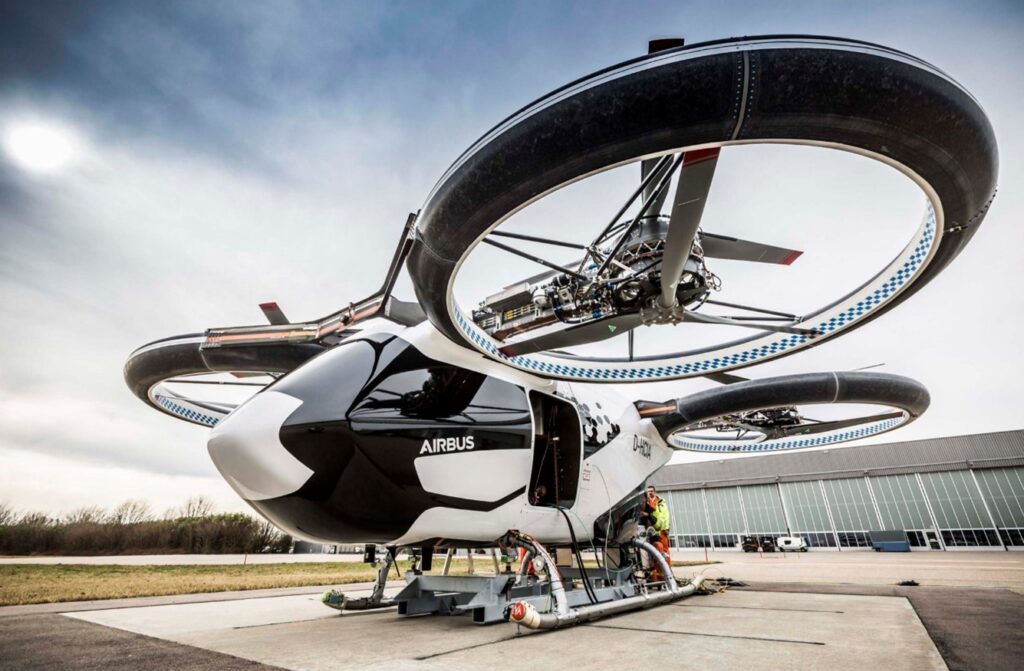
How will be flying in the future?
News
We all have in mind that December 17th, 1903, in which Wright brothers flew the first motorized aircraft, which was designed by themselves. Since then, the world and the aviation industry has not stopped reinventing themselves. Approximately two or three decades ago, the Concorde and the fact of overcoming the sound barrier, 1.225 kilometers per hour, monopolized all the attention regarding the avant-garde of this sector, while today there is a dream of air taxis which to fly over the cities with.
It was the fatal accident that occurred in 2000 in which a total of 113 people died, together with the deafening noise emitted by the Concorde (it reached a maximum of 60.000 dB), which ended up causing the withdrawal of this aircraft that lengthened its life air until 2003, when it made its last flight. However, NASA does not give up and works hand to hand with the Lockheed Martin company on a supersonic plane named QueSST, which has healed the noise pollution problem of the Concorde, since it manages to emit 1000 times less noise (about 60 dB).
On the other hand, the German company Volocopter wanted to bring to reality the flying taxi prototype that was captured in the 1997 film The Fifth Element in New York. In fact, Volocopter has already had its air taxi prototype on the market since 2017, known as the Volocopter 2X (although the first preliminary flight was in 2013), which is a mix between a helicopter and a drone. It has the capacity to transport two people with a range of 27 kilometers and can reach a maximum speed of 100 kilometers per hour, thanks to its 18 propellers, which allow it to land and take off fully vertically.
The first city in which the Volocopter 2X flew among its skyscrapers was Dubai. Volocopter reached an agreement with the United Arab Emirates Highway and Transport Authority to start carrying out various tests at the end of 2017. The German company wanted to promote sustainability, since the Volocopter 2X is an electric vehicle, as well as saving time in traffic jams in large cities and traffic congestion in them.
This race for flying taxis was also joined by the European company Airbus, which developed its Vahana model in Silicon Valley, making its first flight in early 2018. This aircraft, unlike the Volocopter, is a single-seater aircraft with rotary wings to perform vertical takeoffs and landings, like the Volocopter 2X, being able to reach a range of 80 kilometers.
Following the same line, Airbus designed another prototype of air taxi under the name of Pop-Up, a modular vehicle made up of three independent and at the same time electric modules, which are a drone, a central capsule and a base with wheels, since this innovative design aims to combine the advantages of airspace and airspace to avoid the great congestion caused by traffic jams in large cities.
The user of this flying taxi model has the possibility to determine their destination through a mobile application, and through the artificial intelligence incorporated in the model it will provide the best route, either by land or by air. Despite having two modules (the terrestrial one with the wheels, and the aerial one with the propellers as a drone), both cannot be used at the same time, which allows that when one is being used, the other will serve autonomously as center of electric charge.
With all these ideas and projects, we have no doubt that we will be able to fly faster than the speed of sound, and finally fly over cities with autonomous electric flying taxis!
Víctor Vicente Benito
Revenue Management Analyst
CONTACT info@itaerea.com +34 968 966 885 TEACHERS TRAINING





